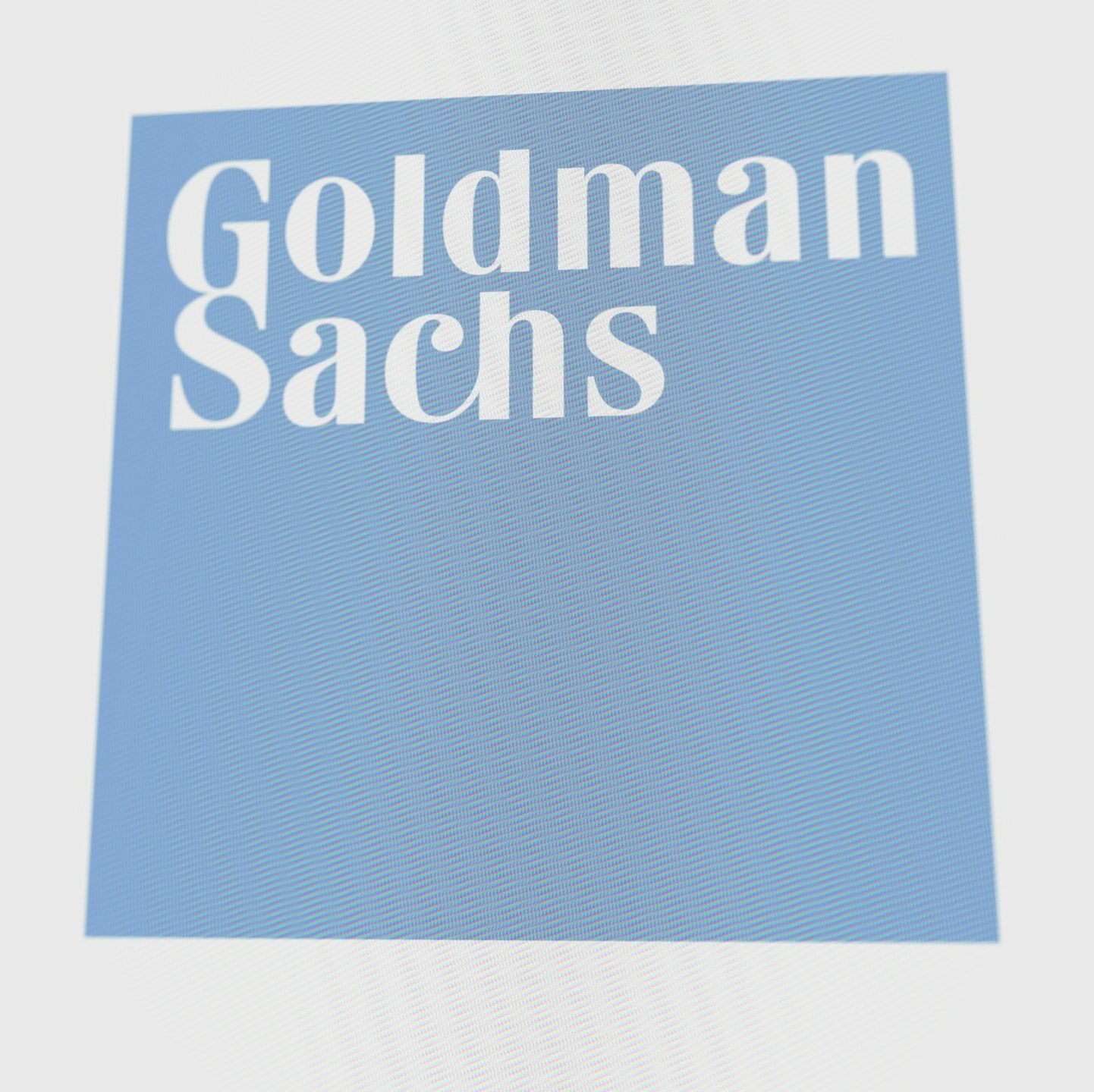Emerging Markets hedge fund have started 2022 with losses, led by a steep decline in the HFRI EM: Russia/Eastern Europe Index, as Russia invaded Ukraine resulting in severe economic sanctions, oil prices spiked, the Russian Rouble collapsed, the Russian stock market remained closed and the risk of default on Russian bonds soared.
Emerging Markets hedge fund have started 2022 with losses, led by a steep decline in the HFRI EM: Russia/Eastern Europe Index, as Russia invaded Ukraine resulting in severe economic sanctions, oil prices spiked, the Russian Rouble collapsed, the Russian stock market remained closed and the risk of default on Russian bonds soared.
In addition to these geopolitical risks, global inflationary pressures increased to generational highs, cryptocurrencies declined, and the spread of coronavirus fell sharply.
The HFRI Emerging Markets (Total) Index declined -4.5 per cent through February, with losses driven by the HFRI Emerging Markets: Russia/Eastern Europe Index, which has plunged -36.3 per cent over the first two months of the year, as reported today with the releases of the HFR Asian Hedge Fund Industry Report and the HFR Emerging Markets Hedge Fund Industry Report from HFR®, the established global leader in the indexation, analysis and research of the global hedge fund industry. The HFRI Emerging Markets: Russia/Eastern Europe Index had led EM performance in 2021 with +20.7 per cent gain.
The investable HFRI 500 Fund Weighted Composite Index, which includes funds across all regions in both Emerging and Developed markets, has declined -1.2 per cent through February. Total Emerging Markets hedge fund assets edged higher to a record of USD276.4 billion to end 2021, representing an increase of USD20 billion for the year.
While Russian-focused hedge funds plunged to begin 2022, other EM regions posted mixed performance as oil priced spiked. The HFRI EM: Latin America Index advanced +4.3 per cent over the first two months of the year, while the HFRI MENA Index has returned +1.0 per cent through February, both narrowly topping the gains of regional equity markets. The HFRI EM: China Index fell -6.8 per cent YTD through February, underperforming the decline of Chinese equities.
Hedge funds across EM regions including Korea, Russia, China, and the Middle East (as well as Japan) have continued to become increasingly active in volatile cryptocurrency trading. The HFR Cryptocurrency Index surged +240.7 per cent for the FY 2021, though the Index has declined -14.0 per cent to begin 2022.
Total capital invested in Asian hedge funds fell to USD138.8 billion to end 2021, though still increased USD13.0 billion for the year.
“2022 has begun with an unprecedented spike in geopolitical risk and uncertainty as a result of the Russian invasion of Ukraine and the severe resultant impacts including soaring Oil prices, punitive sanctions, the collapse of the Russian Rouble, closing of the Russian stock market, and surging risk of a catastrophic default on Russian sovereign debt. Emerging Markets hedge funds have been significantly impacted by these, as Russian-focused funds have posted record declines and Chinese-focused funds have also suffered losses, while Latin American- and MENA-focused funds have effectively navigated the volatility,” says Kenneth J Heinz, President of HFR. “In addition to the unprecedented surge in geopolitical risk, powerful inflationary pressures continue to rise across global economies, and central banks have begun to increase interest rates. Leading global institutions and investors looking to access powerful trends in EM and Cryptocurrency hedge funds, while limiting volatility associated with these highly volatile areas, are likely to drive continued growth and expansion in 2022.”








